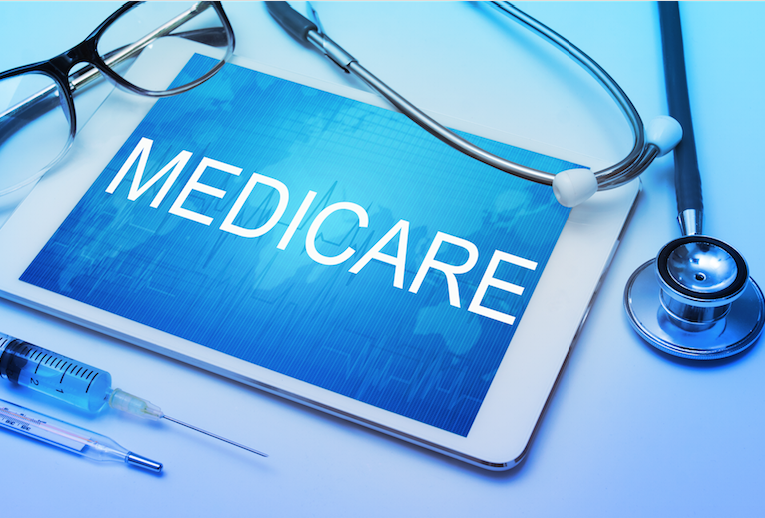
Medicare Part D Notices Due Before Oct. 15, 2021
OCTOBER 2021
Each year, Medicare Part D requires group health plan sponsors to disclose whether the health plan’s prescription drug coverage is creditable to individuals eligible for Medicare Part D and to the Centers for Medicare and Medicaid Services (CMS).
Plan sponsors must provide the annual disclosure notice to Medicare-eligible individuals before Oct. 15, 2021—the start date of the annual enrollment period for Medicare Part D. CMS has provided model disclosure notices for employers to use.
Medicare beneficiaries who do not have creditable prescription drug coverage and do not enroll in Medicare Part D when first eligible will likely pay higher premiums if they enroll at a later date. Although there are no specific penalties associated with the notice requirement, failing to provide the notice may be detrimental to employees.
Employers should confirm whether their health plans’ prescription drug coverage is creditable or noncreditable and prepare to send their Medicare Part D disclosure notices before Oct. 15, 2021. To make the process easier, employers often include Medicare Part D notices in open enrollment packets they send out prior to Oct. 15.
Creditable Coverage
A group health plan’s prescription drug coverage is considered creditable if its actuarial value equals or exceeds the actuarial value of standard Medicare Part D prescription drug coverage. In general, this actuarial determination measures whether the expected amount of paid claims under the group health plan’s prescription drug coverage is at least as much as the expected amount of paid claims under the Medicare Part D prescription drug benefit.
Changes Proposed to Form 5500
On Sept. 14, 2021, federal agencies announced proposed revisions to the Form 5500 Annual Return/Report. These changes are primarily designed to implement the Setting Every Community Up for Retirement Enhancement Act of 2019 (SECURE Act) and make other improvements.
© 2021 Zywave, Inc. All rights reserved
Key proposed form revisions would:
Provided to You by
Deutsch & Associates, LLC
- • Consolidate the Form 5500 for defined contribution retirement plans.
- • Modify the Form 5500 to reflect pooled employer plans (PEPs) as a new type of retirement plan.
- • Improve financial reporting by adding new fee and expense reporting requirements.
- • Expand the number of defined contribution retirement plans that would be eligible for small plan simplified reporting options.
- • Add questions to improve financial and funding reporting by certain defined benefit pension plans, and improve oversight and compliance of tax-qualified retirement plans.
The proposed changes generally would be effective for plan years beginning on or after Jan. 1, 2022. For the 2022 plan year, Form 5500s generally are not required to be filed until seven months after the end of the 2022 plan year (July 2023 for calendar year plans), and a two-and-a-half-month extension is available. Download pdf















